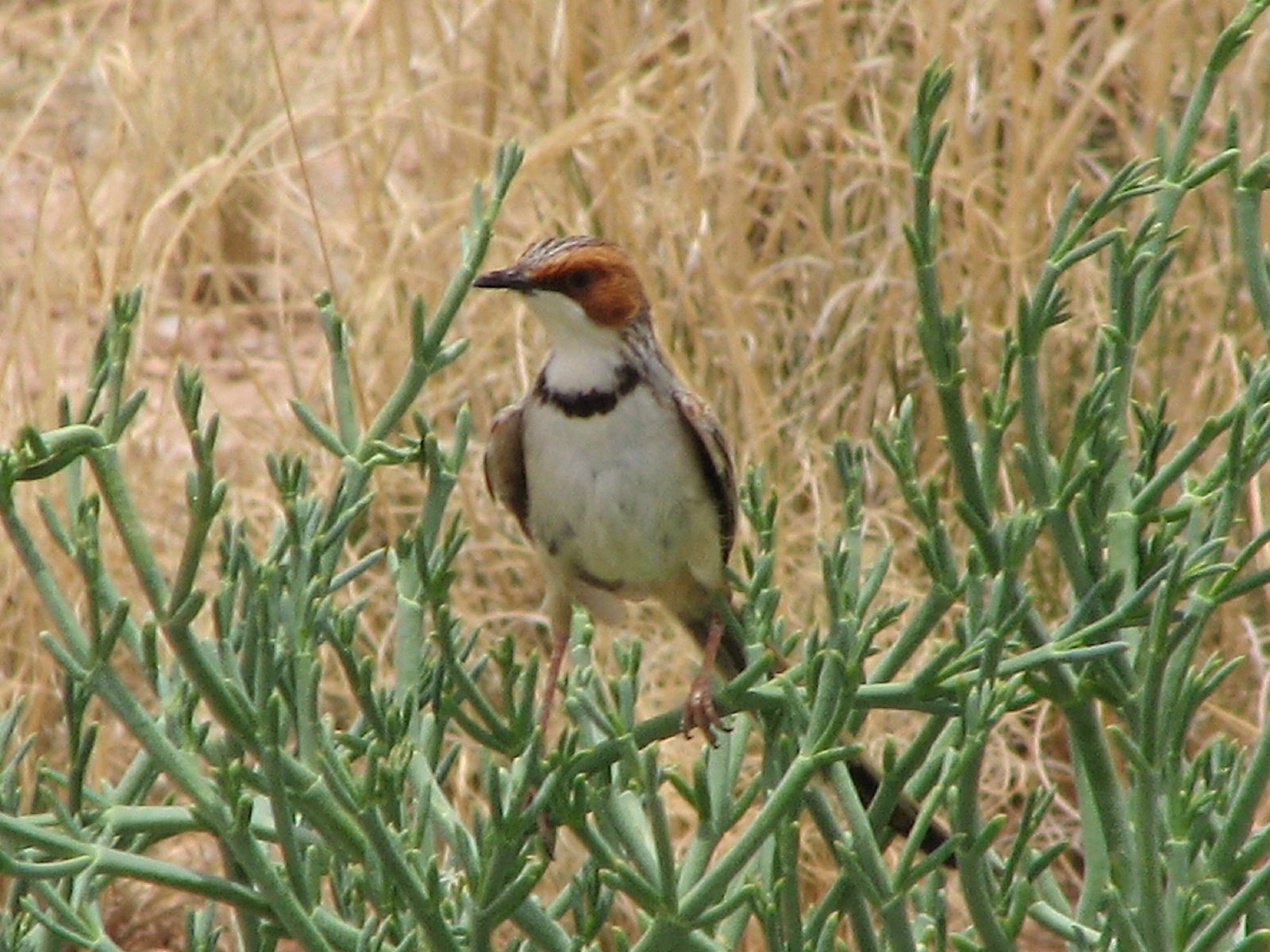|
Stierling's Wren-warbler
Stierling's wren-warbler (''Calamonastes stierlingi''), is a species of bird in the family Cisticolidae The family Cisticolidae is a group of about 160 warblers, small passerine birds found mainly in warmer southern regions of the Old World. They were formerly included within the Old World warbler family Sylviidae. This family probably originated ... found in southern Africa. It is sometimes considered a subspecies of the miombo wren-warbler. References External links * Stierling's wren-warbler Species text in The Atlas of Southern African Birds Stierling's wren-warbler Birds of East Africa Stierling's wren-warbler {{Cisticolidae-stub ... [...More Info...] [...Related Items...] OR: [Wikipedia] [Google] [Baidu] |
Anton Reichenow
Anton Reichenow (1 August 1847 in Charlottenburg – 6 July 1941 in Hamburg) was a German ornithologist and Herpetology, herpetologist. Reichenow was the son-in-law of Jean Cabanis, and worked at the Natural History Museum, Berlin, Natural History Museum of Berlin from 1874 to 1921. He was an expert on African birds, making a collecting expedition to West Africa in 1872 and 1873, and writing ''Die Vögel Afrikas'' (1900–05). He was also an expert on parrots, describing all species then known in his book ''Vogelbilder aus Fernen Zonen: Abbildungen und Beschreibungen der Papageien'' (illustrated by Gustav Mützel, 1839–1893). He also wrote ''Die Vögel der Bismarckinseln'' (1899). He was editor of the ''Journal für Ornithologie'' from 1894 to 1921. A number of birds are named after him, including Reichenow's woodpecker and Reichenow's firefinch. His son Eduard Reichenow was a famous protozoologist. Reichenow is known for his classification of birds into six groups, described, ... [...More Info...] [...Related Items...] OR: [Wikipedia] [Google] [Baidu] |
Bird
Birds are a group of warm-blooded vertebrates constituting the class (biology), class Aves (), characterised by feathers, toothless beaked jaws, the Oviparity, laying of Eggshell, hard-shelled eggs, a high Metabolism, metabolic rate, a four-chambered heart, and a strong yet lightweight Bird skeleton, skeleton. Birds live worldwide and range in size from the bee hummingbird to the common ostrich. There are over 11,000 living species and they are split into 44 Order (biology), orders. More than half are passerine or "perching" birds. Birds have Bird wing, wings whose development varies according to species; the only known groups without wings are the extinct moa and elephant birds. Wings, which are modified forelimbs, gave birds the ability to fly, although further evolution has led to the Flightless bird, loss of flight in some birds, including ratites, penguins, and diverse endemism, endemic island species. The digestive and respiratory systems of birds are also uniquely a ... [...More Info...] [...Related Items...] OR: [Wikipedia] [Google] [Baidu] |
Cisticolidae
The family Cisticolidae is a group of about 160 warblers, small passerine birds found mainly in warmer southern regions of the Old World. They were formerly included within the Old World warbler family Sylviidae. This family probably originated in Africa, which has the majority of species, but there are representatives of the family across tropical Asia into Australasia, and one species, the zitting cisticola, breeds in Europe. These are generally very small birds of drab brown or grey appearance found in open country such as grassland or scrub. They are often difficult to see and many species are similar in appearance, so the song is often the best identification guide. These are insectivorous birds which nest low in vegetation. Taxonomy The family was introduced (as Cisticolinae) by the Swedish zoologist Carl Jakob Sundevall in 1872. Many taxonomists place the red-winged prinia and the red-fronted prinia in the genus ''Prinia'' rather than in their own monotypic genera. Suppo ... [...More Info...] [...Related Items...] OR: [Wikipedia] [Google] [Baidu] |
Miombo Wren-warbler
The miombo wren-warbler (''Calamonastes undosus''), also known as the miombo barred warbler or pale wren-warbler, is a species of bird in the family Cisticolidae found in southern Africa. Some authorities have also included Stierling's wren-warbler Stierling's wren-warbler (''Calamonastes stierlingi''), is a species of bird in the family Cisticolidae The family Cisticolidae is a group of about 160 warblers, small passerine birds found mainly in warmer southern regions of the Old World. T ... in this species. Diet It is an insectivore. References miombo wren-warbler Birds of Southern Africa miombo wren-warbler Taxonomy articles created by Polbot {{Cisticolidae-stub ... [...More Info...] [...Related Items...] OR: [Wikipedia] [Google] [Baidu] |
Calamonastes
''Calamonastes'' is a genus of birds in the family Cisticolidae. It contains African wren-warblers. Species ' References ''Catalogue of Birds in the British Museum'' 7 p. 94, 133 *Ryan, Peter (2006). Family Cisticolidae (Cisticolas and allies). pp. 378–492 in del Hoyo J., Elliott A. & Christie D.A. (2006) ''Handbook of the Birds of the World''. Volume 11. Old World Flycatchers to Old World Warblers Lynx Edicions, Barcelona * Nguembock B.; Fjeldsa J.; Tillier A.; Pasquet E. (2007): A phylogeny for the Cisticolidae (Aves: Passeriformes) based on nuclear and mitochondrial DNA sequence data, and a re-interpretation of a unique nest-building specialization. ''Molecular Phylogenetics and Evolution'' 42: 272–286. Calamonastes, Bird genera Birds of Sub-Saharan Africa {{cisticolidae-stub ... [...More Info...] [...Related Items...] OR: [Wikipedia] [Google] [Baidu] |
Birds Of East Africa
Birds are a group of warm-blooded vertebrates constituting the class Aves (), characterised by feathers, toothless beaked jaws, the laying of hard-shelled eggs, a high metabolic rate, a four-chambered heart, and a strong yet lightweight skeleton. Birds live worldwide and range in size from the bee hummingbird to the common ostrich. There are over 11,000 living species and they are split into 44 orders. More than half are passerine or "perching" birds. Birds have wings whose development varies according to species; the only known groups without wings are the extinct moa and elephant birds. Wings, which are modified forelimbs, gave birds the ability to fly, although further evolution has led to the loss of flight in some birds, including ratites, penguins, and diverse endemic island species. The digestive and respiratory systems of birds are also uniquely adapted for flight. Some bird species of aquatic environments, particularly seabirds and some waterbirds, have furt ... [...More Info...] [...Related Items...] OR: [Wikipedia] [Google] [Baidu] |



